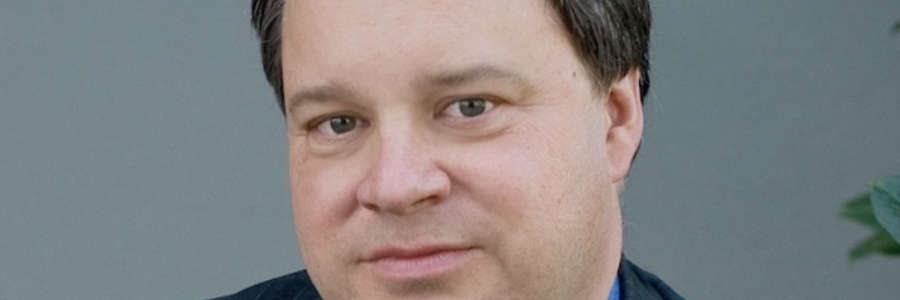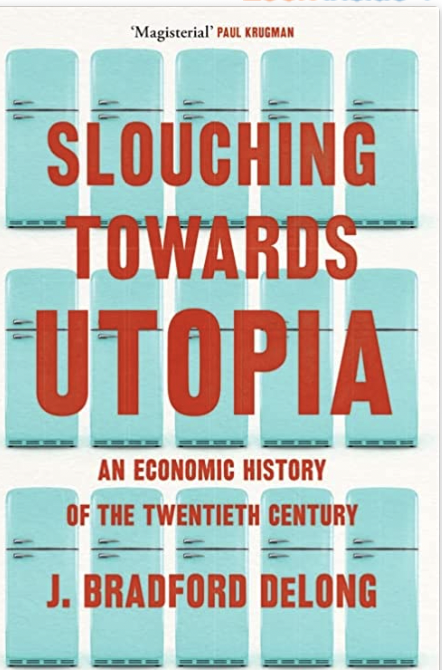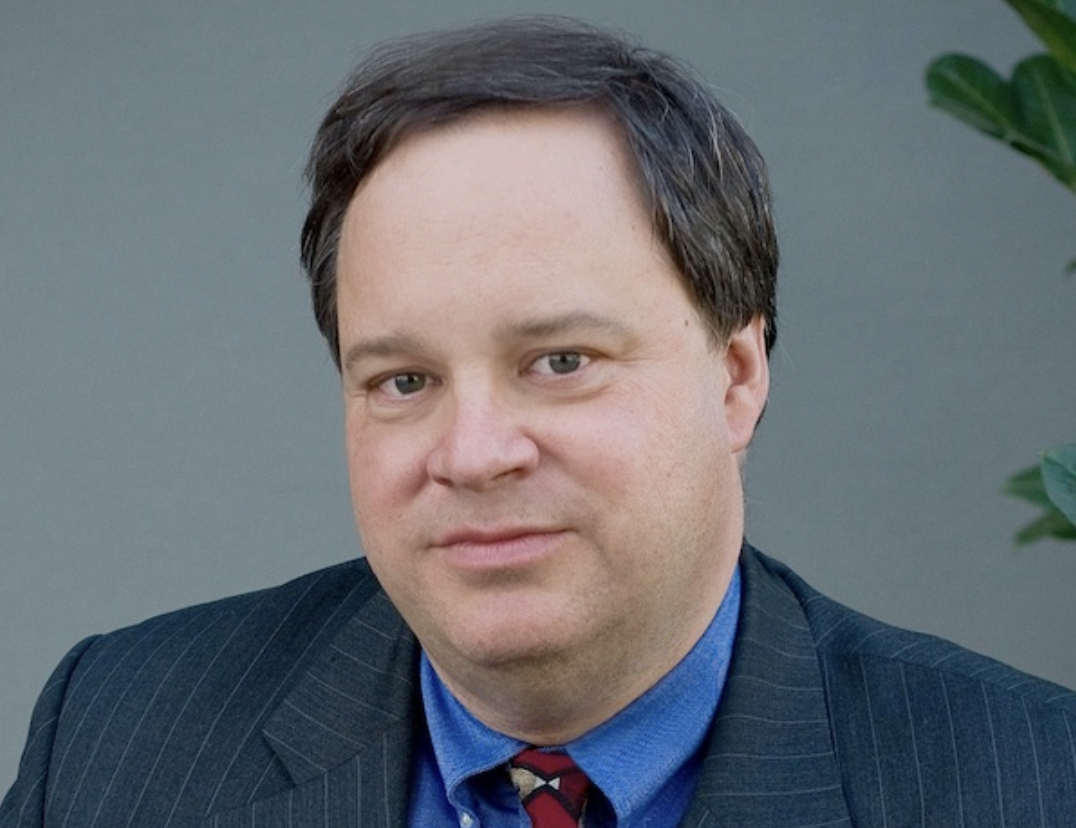
The growth machine improved the lives of billions


Before 1870, most people lived in dire poverty, the benefits of the slow crawl of invention continually offset by a growing population. Then invention sprinted forward, doubling our technological capabilities each generation, and creatively destroying the economy again and again.
In Slouching Towards Utopia, Bradford DeLong, one of the world’s leading economists, economics professor, former Clinton-era treasury official, and pioneering economic blogger, charts the story of the major economic and technological shifts of the 20th century in an ambitious, grand vivid narrative. After 1870 it transformed the living standards around the world, freeing humanity from centuries of poverty, but paradoxically has left us now with unprecedented inequality, global warming, and widespread dissatisfaction with the status quo.
In 1900, the world’s population was 1.65bn, and a century later that figure leaped to 6bn. Despite the crowding of humanity, gross domestic product per capita rose in real terms by more than four times. The huge increase in productive potential redefined the lives of billions of people, which also enabled more destructive wars and the real possibility of total annihilation of human life on the planet.
In the late 19th century the second industrial revolution shifted global growth into a new gear. The First British-centered industrial revolution was a century old and changed a small part of northern Europe, and the American-led growth phase that began towards the end of the 19th century was different, as for the first time fraction of humanity experienced truly rapid economic growth and that growth was sustained and accelerated into the 20th century.
DeLong explains the drivers of this development, were the three forces the laboratory, the corporation, the globalisation.
Migration enabled tens of millions to raise their standard of living. The global investment put them to work, and from the laboratory flowed the modern technology, as Europe and Japan developed their own growth model, cornering a large part of the rest of the world through trade, migration, and capital flows dominated by economic growth.
With the advent of the 20th century, economic development realised utopia in the sense of freedom from want. But the liberal development engine was fragile, smashed by the cataclysm of the first world war.
The war was the result of combined and uneven economic development and nationalist passion.
American-centric world history has a beginning with the years following the US civil war. The decade after 2008, was a period characterised by secular stagnation and the ascent of Donald Trump.
Does the shock of Hillary Clinton’s 2016 defeat really rank alongside the fall of the Soviet Union or the rise of China?
The US Federal Reserve remains the hub of the global financial system and is griding itself for a clash with China. The US is a major energy producer and the supplier of last resort for liquified natural gas.
In the 1990s, under Clinton and Al Gore, the US was the pivot of world climate policy, but America’s political class abandoned the leadership role and the climate problem.
In the early 2000s amid massive industralisation and urbanisaiton, China overtook the US as the largest emitter of greenhouse gases. Today China emits more CO2 than the entire OECD club of rich
Slouching Towards Utopia: An Economic History of the Twentieth Century by J Bradford DeLong, Basic Books £30/$35, 624 pages
